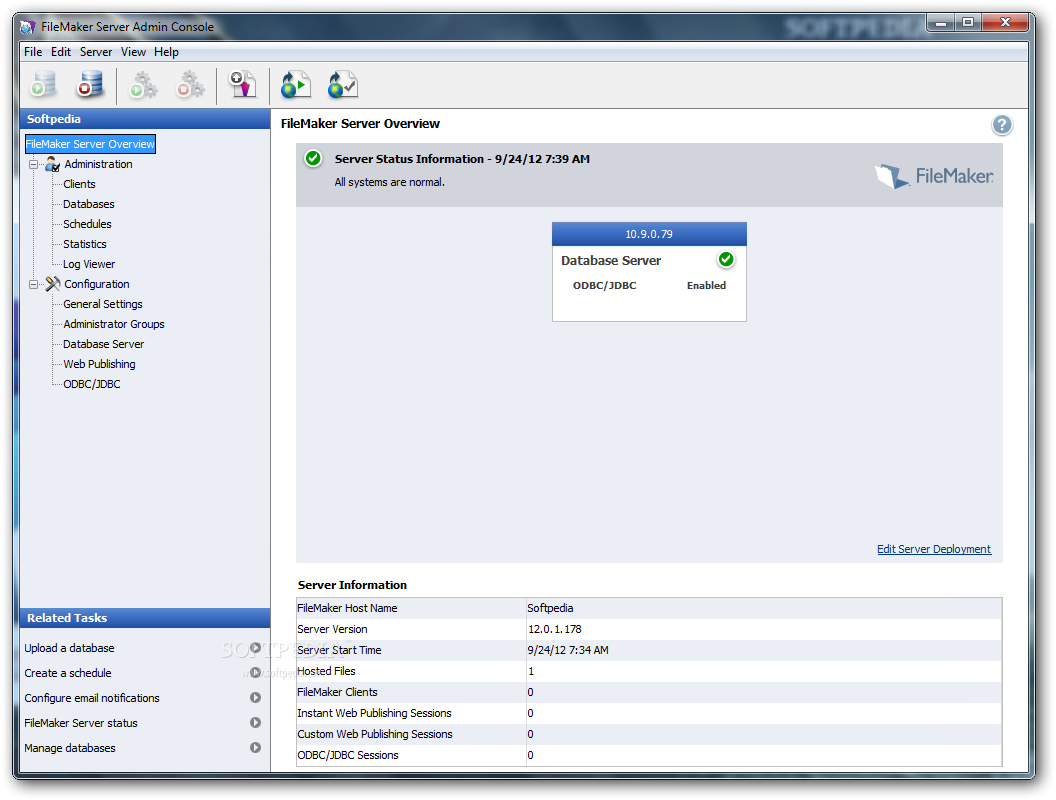

This keeps your database files in your hands. As a result, many companies prefer to install and maintain their own physical server and their own FileMaker Server software. It also means that you are putting the integrity and accessibility of your database in someone else’s hands, something that might not be attractive to certain companies. This means that you don’t have to worry about managing the physical hardware or software of the server. The first was to hire a third party hosting service and let them host your files for you. Previously, there were only two ways of doing this.

However to take full advantage of FileMaker’s products you need to have your files hosted on FileMaker’s other product, FileMaker Server. Broadly speaking, FileMaker offers 3 products that allow you to access and use native FileMaker layouts and data: FileMaker Pro or Pro Advanced for desktop, FileMaker Go for iOS devices, and FileMaker WebDirect for web browser access. The first thing to do is look at how FileMaker Cloud fits in with the rest of the products FileMaker offers. Now that the dust has settled, we wanted to evaluate what this means for FileMaker and what it could mean for your FileMaker solutions. On SeptemFileMaker, Inc. released the newest product to the FileMaker Platform, FileMaker Cloud.


 0 kommentar(er)
0 kommentar(er)
